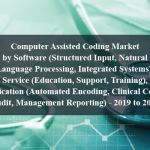OVERVIEW
The global market size for occlusion devices is expected to hit USD 3.78 billion by 2024, growing over the forecast period at a CAGR of 5.12%. The market growth of occlusion devices is primarily driven by the increasing target population of patients, continuous product launches by major manufacturers, and increased acceptance of minimally invasive surgical procedures in major countries.
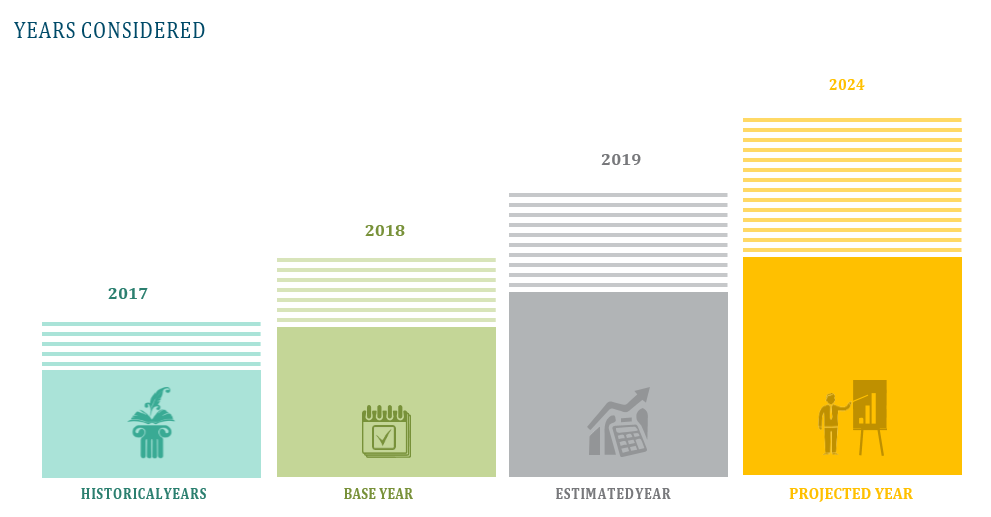


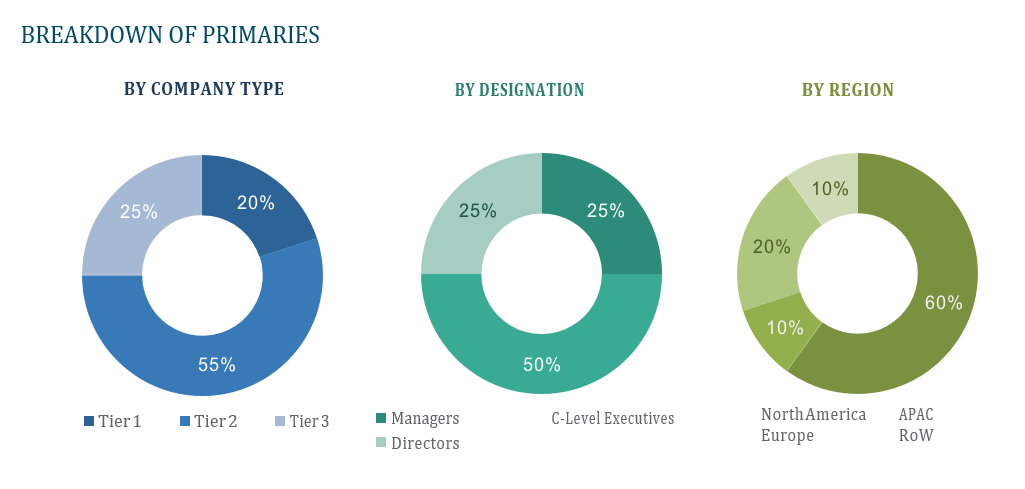
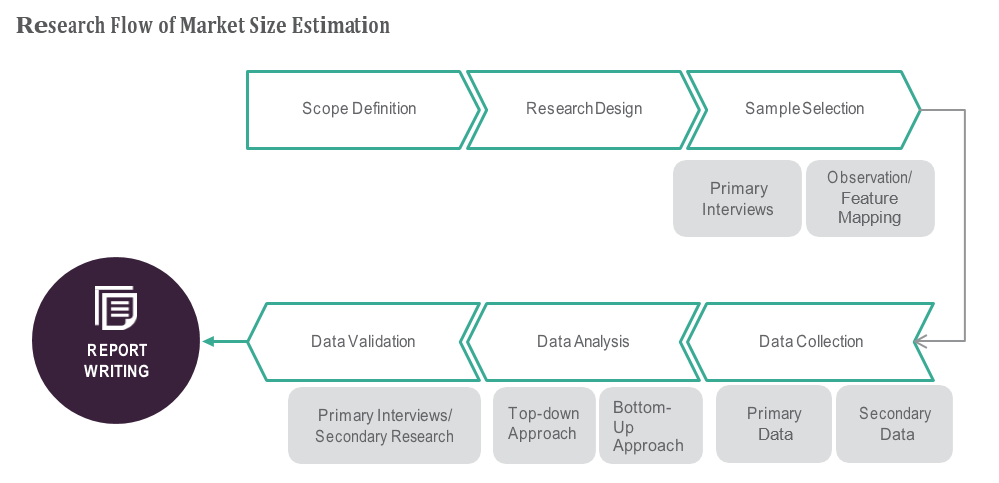

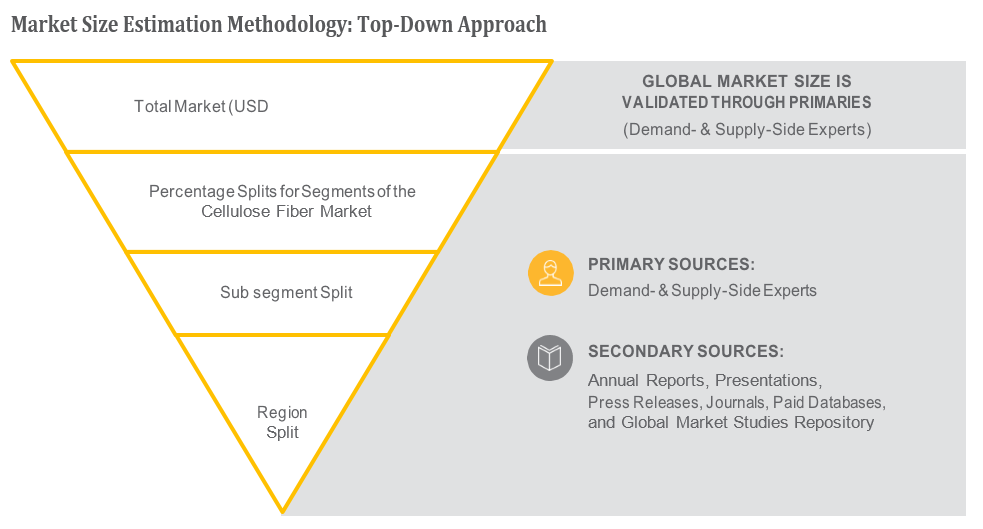
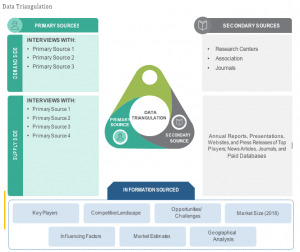
TABLE OF CONTENT
1 Global Occlusion Devices Market
1.1 Study Objectives
1.2 Market Definition
1.3 Study Scope
1.3.1 Markets Covered
1.3.2 Geographic Scope
2 RESEARCH METHODOLOGY
2.1 Research Data
2.1.1 Secondary Data
2.1.1.1 Key Data From Secondary Sources
2.1.2 Primary Data
2.1.2.1 Key Data From Primary Sources
2.1.2.2 Key Industry Insights
2.1.2.3 Breakdown of Primaries
2.2 Market Size Estimation
2.2.1 Bottom-Up Approach
2.2.2 Top-Down Approach
2.3 Market Breakdown and Data Triangulation
2.4 Research Assumptions
3 Global Occlusion Devices Market – Executive Summary
3.1 Market Revenue, Market Size and Key Trends by Company
3.2 Key Trends by type of Application
3.3 Key Trends segmented by Geography
4 Global Occlusion Devices Market – Comparative Analysis
4.1 Product Benchmarking – Top 10 companies
4.2 Top 5 Financials Analysis
4.3 Market Value split by Top 10 companies
4.4 Patent Analysis – Top 10 companies
4.5 Pricing Analysis
5 Global Occlusion Devices Market – Industry Market Entry Scenario
5.1 Regulatory Framework Overview
5.2 New Business and Ease of Doing business index
5.3 Case studies of successful ventures
5.4 Customer Analysis – Top 10 companies
6 Global Occlusion Devices Market – Market Forces
6.1 Introduction
6.2 Market Dynamics
6.2.1 Drivers
6.2.2 Opportunities
6.2.3 Challenges
6.3 Porters Analysis of Market
6.3.1 Bargaining power of suppliers
6.3.2 Bargaining powers of customers
6.3.3 Threat of new entrants
6.3.4 Rivalry among existing players
6.3.5 Threat of substitutes
7 Global Occlusion Devices Market – Strategic Analysis
7.1 Value Chain analysis
7.2 Product Life Cycle
7.3 Supplier and distributor analysis (Market share and product dealing strategies)
8 Global Occlusion Devices Market – By Product (Market Size – & million/billion)
8.1 Occlusion Removal Devices
8.2 Embolization Devices
8.3 Support Devices
9 Global Occlusion Devices Market – By Application
9.1 Neurology
9.2 Cardiology
9.3 Peripheral Vascular Diseases
9.4 Urology
9.5 Oncology
9.6 Gynecology
10 Global Occlusion Devices Market – By End-User
10.1 Hospitals, Diagnostic Centers, & Surgical Centers
10.2 Ambulatory Care Centers
10.3 Research Laboratories & Academic Institutes
11 Global Occlusion Devices Market – By Geography (Market Size – & million/billion)
11.1 Introduction
11.2 North America
11.2.1 US
11.2.2 Canada
11.2.3 Mexico
11.3 Europe
11.3.1 U.K
11.3.2 Germany
11.3.3 Italy
11.3.4 France
11.3.5 Spain
11.3.6 Rest of Europe
11.4 Asia-Pacific
11.4.1 China
11.4.2 Japan
11.4.3 India
11.4.4 South Korea
11.4.5 Rest of APAC
11.5 Rest of the World
11.5.1 South America
11.5.2 Middle East
11.5.3 Africa
12 Global Occlusion Devices Market – Entropy
12.1 New product launches
12.2 M&A’s, collaborations, JVs and partnerships
13 Global Occlusion Devices Market Company Profile (Key Players)
13.1 Market Share, Company Revenue, Products, M&A, Developments
13.2 Abbott Laboratories
13.3 Acrostak
13.4 Angiodynamics
13.5 Asahi Intecc
13.6 Cook Group
13.7 C.R. Bard (A Part of Becton Dickinson)
13.8 Avinger
13.9 Boston Scientific
13.10 B. Braun
13.11 Cardinal Health
13.12 Company 11 & more
14 Global Occlusion Devices Market – Appendix
14.1 Sources
14.2 Abbreviations










